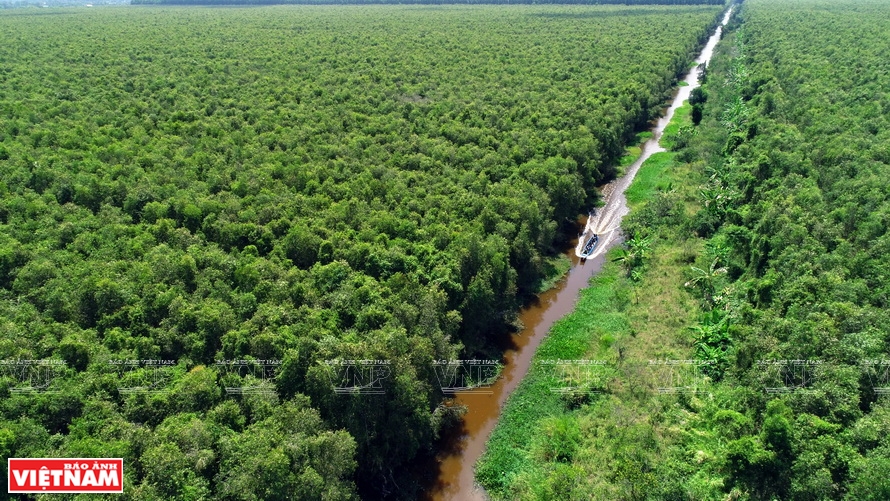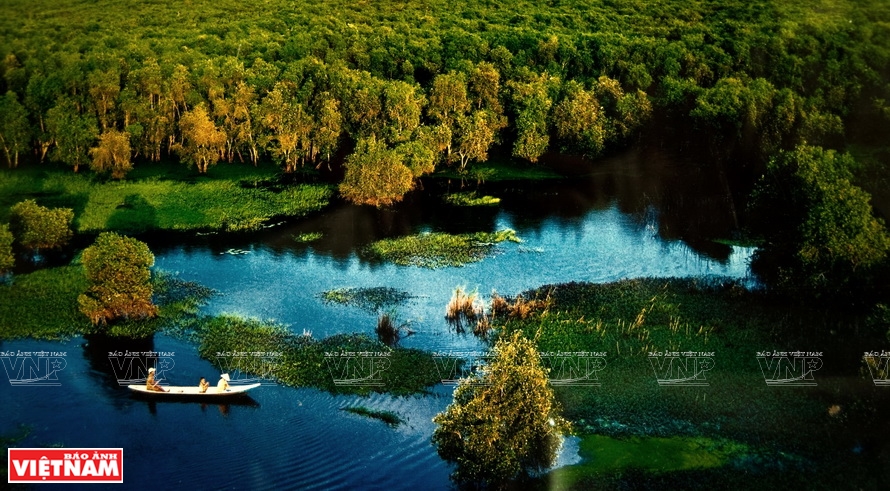 Bidoup - Nui Ba National Park is home to 1,923 speices of plants, including rare and precious ones such as flat-needle pine, red pine, and five-needle pine. The park is regarded as the capital of orchids in Vietnam with 297 species. Bidoup - Nui Ba National Park is home to 1,923 speices of plants, including rare and precious ones such as flat-needle pine, red pine, and five-needle pine. The park is regarded as the capital of orchids in Vietnam with 297 species.

At Chu Mom Ray national park in Kon Tum, visitors can
explore the culture of Gia Rai and Re Mam ethnic groups. Photo: VNP

U Minh Thuong national park is an attractive weekend tourist destination
in Kien Giang and the southwestern region. Photo: VNP

Ngoc Linh nature reserve has 1,091 species of plants, including 40 species listed in Vietnam's Red Book and 25 species named in the world's Red Book.iới.
Photo: VNP

Hoang Lien National Park is one of the largest and most important special-use forests in Vietnam. Photo: VNP

The 7,610 ha Ba Be Natiional Park is rich in biodiversity and owns typically ecological features of lowland evergreen forests, lakes on mountains,
and evergreen forests on limestone mountains. Photo: VNP

U Minh Thuong National Park's flora and fauna are rich and diverse. Photo: VNP |